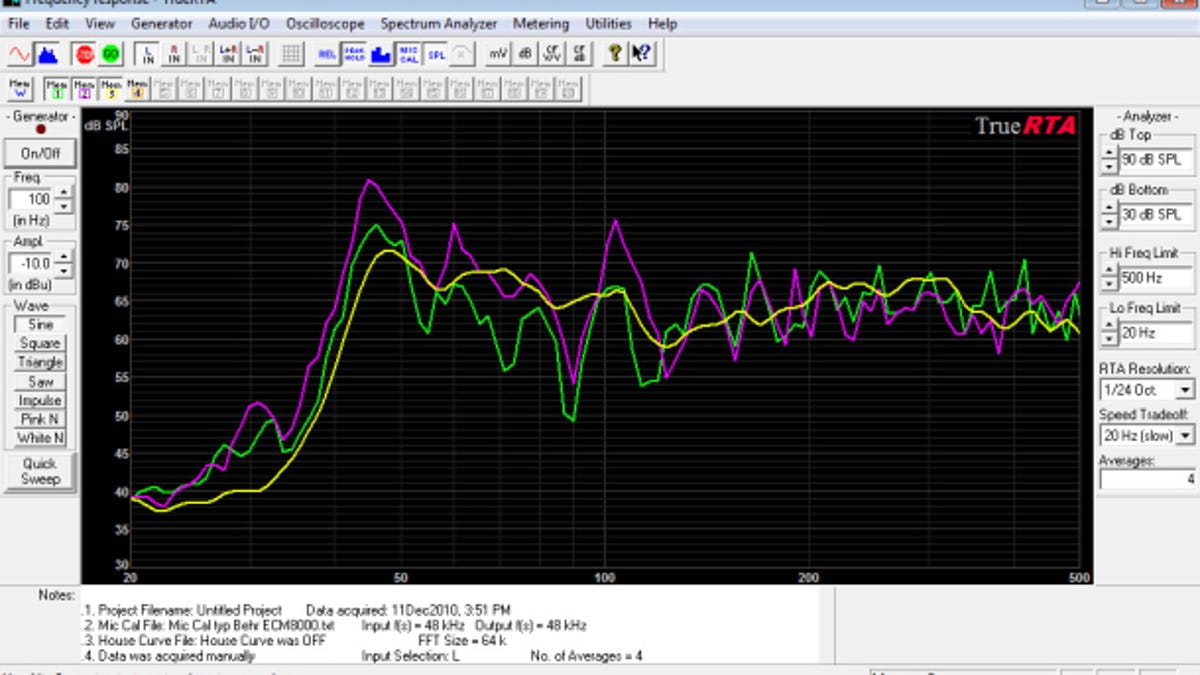Who wants perfectly accurate sound?
Most headphone and speaker buyers prefer less, not more accurate-sounding products.

With the booming popularity of sound bars, iPod docks, and tiny Bluetooth speakers, it's increasingly obvious that most people aren't interested in buying the best-sounding speakers. Other factors, such as the smallest possible size and maximum feature set are higher priorities than sound quality. I go the other way and put sound at the top of my list, but I'm far from convinced that the most accurate sound is the best sound. Accuracy isn't what it's cracked up to be.
Digital audio formats, for example, always have more accurate frequency response than any analog format, but I think LPs sound better than CDs. I think records sound better: more lifelike and realistic than any digital audio format. Then again, you may have the opposite preference.
Buyer preferences for headphones are somewhat different than they are for speakers, but most people prefer bass emphasized over "flat," or more accurate-sounding models. When comparing headphones' sound you might expect that all of the most accurate, audiophile Sennheiser and Grado models would sound similar to each other, but that's not the case. Sennheiser is a respected German headphone manufacturer that uses advanced technologies in its high-end headphone designs. Grados are designed and made in Brooklyn, N.Y., and the designer doesn't rely on measurements at all.
The new Sennheiser HD 700 over-the-ear headphones (review to come) sound very different than the Grado RS-1 headphones and most of the other high-end Sennheisers I've tried. If accuracy was the prime directive, all Sennheisers would share a family sound; they do not. Heck, if accuracy was the top priority, all high-end headphones, from different manufacturers, would sound very similar. They're not even close.
There are a couple of reasons why measurements fail to correlate with subjective sound-quality assessments. First, measurements have little to do with the sound of music, and better-measuring headphones don't always correlate with users' sound-quality preferences. Test tones are too simple and predictable; music is far more complex and random. Reproducing the true sound of a violin or a drum kit is an exceedingly difficult task, and since the real goal of a hi-fi is to play music and not test tones, the designer's first priority is making products that sound good for the intended market.
"Good sound" is a purely subjective call, so some buyers look to measurements as a more objective tool to determine which headphones are more accurate. If accuracy was prized above all, the $300 Etymotic ER-4PT in-ear headphone would be a huge seller, but it's not. It's too accurate. Most buyers want more bass, more punch, and more excitement from their headphones than the ER-4PT provides. Since most rock, pop, and hip-hop is overcompressed and heavily processed, it won't automatically sound better with the most accurate gear. It's like expecting an animated movie to look more realistic on a higher-resolution TV. That's never going to happen. Accurate playback doesn't make things better, just more accurate.
Manufacturers all bow to the altar of accuracy, but they also know that truly accurate products don't sell. Maybe it's just that consumers want assurance that the products they buy are accurate. But all bets are off when they use the product and hear what accuracy actually sounds like.

